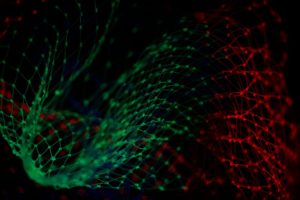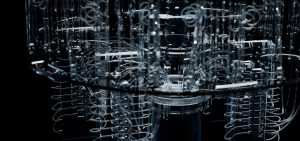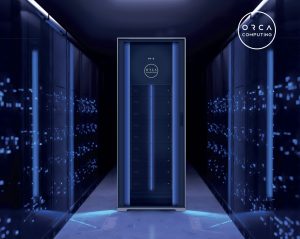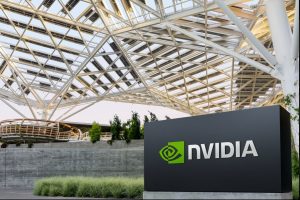SANTA CLARA — In a significant stride toward advancing hybrid quantum-classical computing, NVIDIA unveiled plans today for the establishment of a pioneering lab in collaboration with the Jülich Supercomputing Centre (JSC) at Forschungszentrum Jülich (FZJ). Teaming up with ParTec AG, Munich, the lab will feature a classical-quantum supercomputer built on the NVIDIA® quantum computing platform.
FZJ, recognized as one of Europe’s largest interdisciplinary research centers, will host the lab under the Jülich UNified Infrastructure for Quantum Computing (JUNIQ). This facility will cater to high-performance and low-latency quantum-classical computing workloads, leveraging the powerful JUWELS booster system, which currently integrates 3,744 NVIDIA A100 Tensor Core GPUs for quantum computing simulations.
The NVIDIA quantum computing platform facilitates seamless integration of quantum and classical computing, supported by the open-source CUDA® Quantum programming model and the NVIDIA cuQuantum software development kit, ensuring world-class simulation capabilities.
JSC intends to adopt a phased approach to testing the system, utilizing the NVIDIA CUDA Quantum programming model to program quantum processors and seamlessly integrate them into the Jülich exascale modular supercomputing architecture.
Timothy Costa, Director of HPC and Quantum at NVIDIA, emphasized the pivotal role of unifying quantum computing and GPU supercomputing in driving future scientific breakthroughs, underscoring the collaboration’s significance in democratizing quantum-classical computing.
Kristel Michielsen, Head of the Quantum Information Processing Group at JSC, highlighted the potential of hybrid quantum-classical systems in solving complex problems across various scientific domains, foreseeing transformative progress in chemistry and material sciences.
Bernhard Frohwitter, CEO of ParTec AG, hailed the development as a catalyst for unlocking new possibilities, citing the pivotal role of quantum computers in future heterogeneous supercomputing architectures.
This collaboration marks a crucial milestone in the evolution of quantum-classical computing, promising to usher in a new era of scientific exploration and innovation.



















